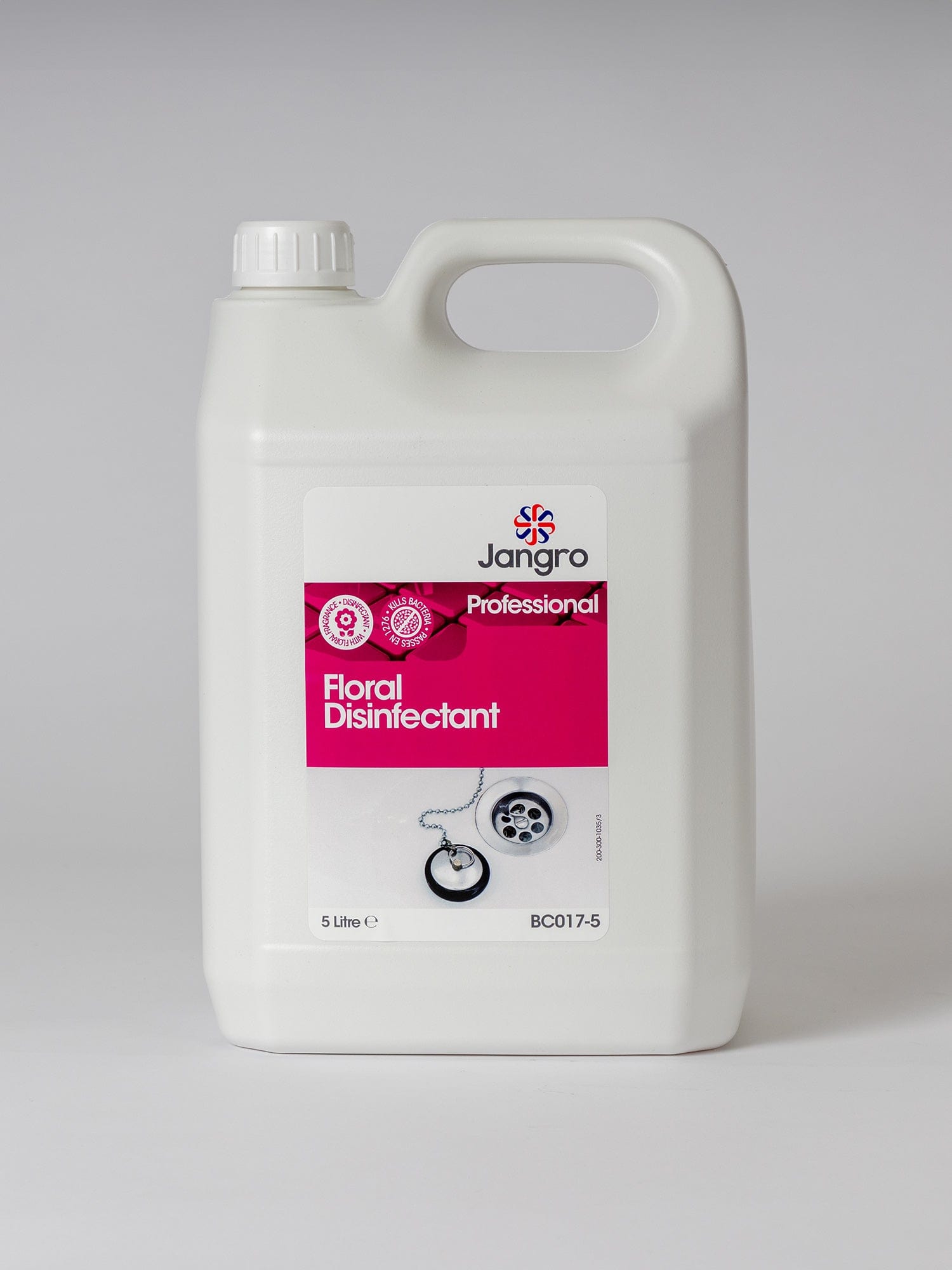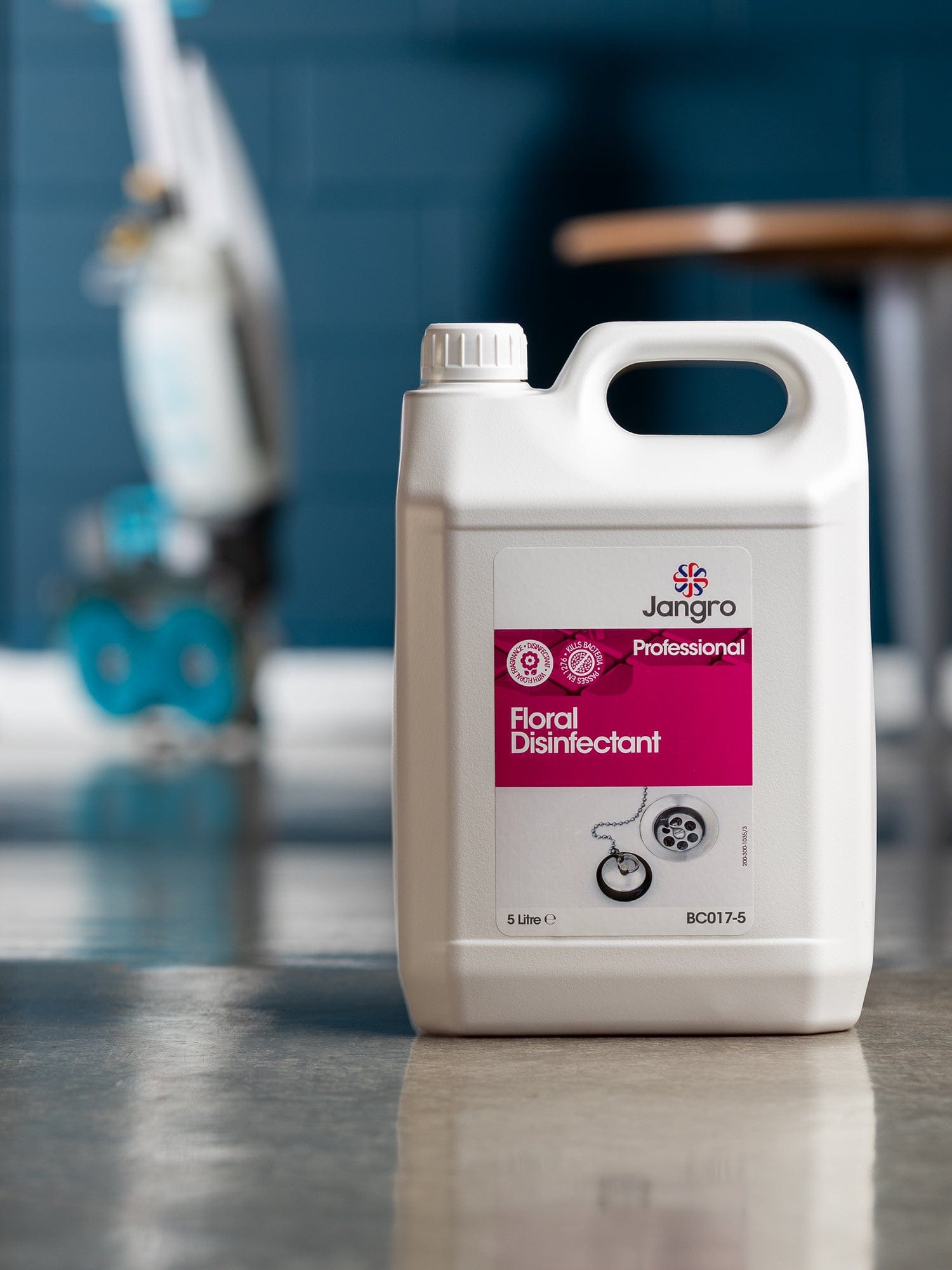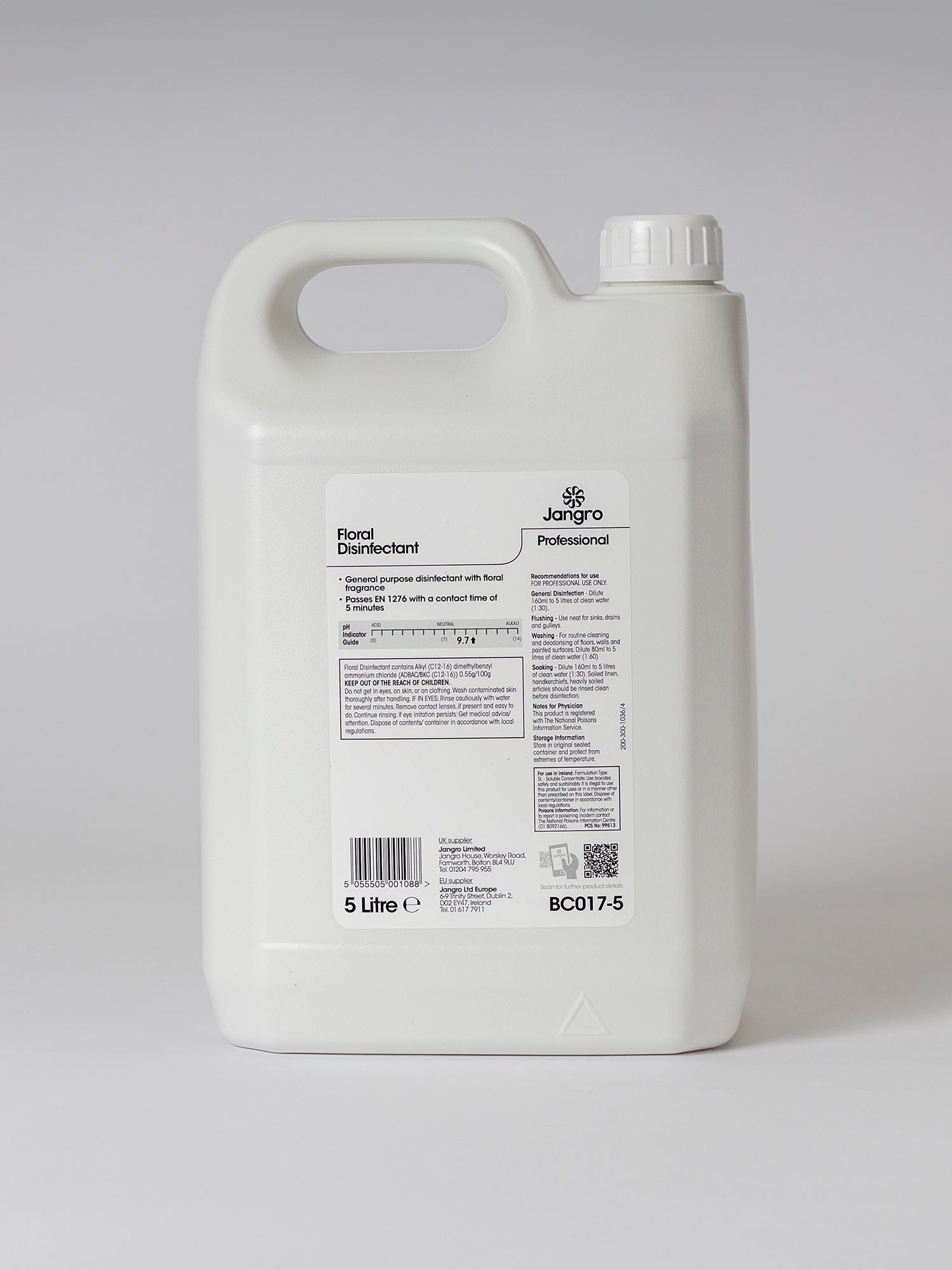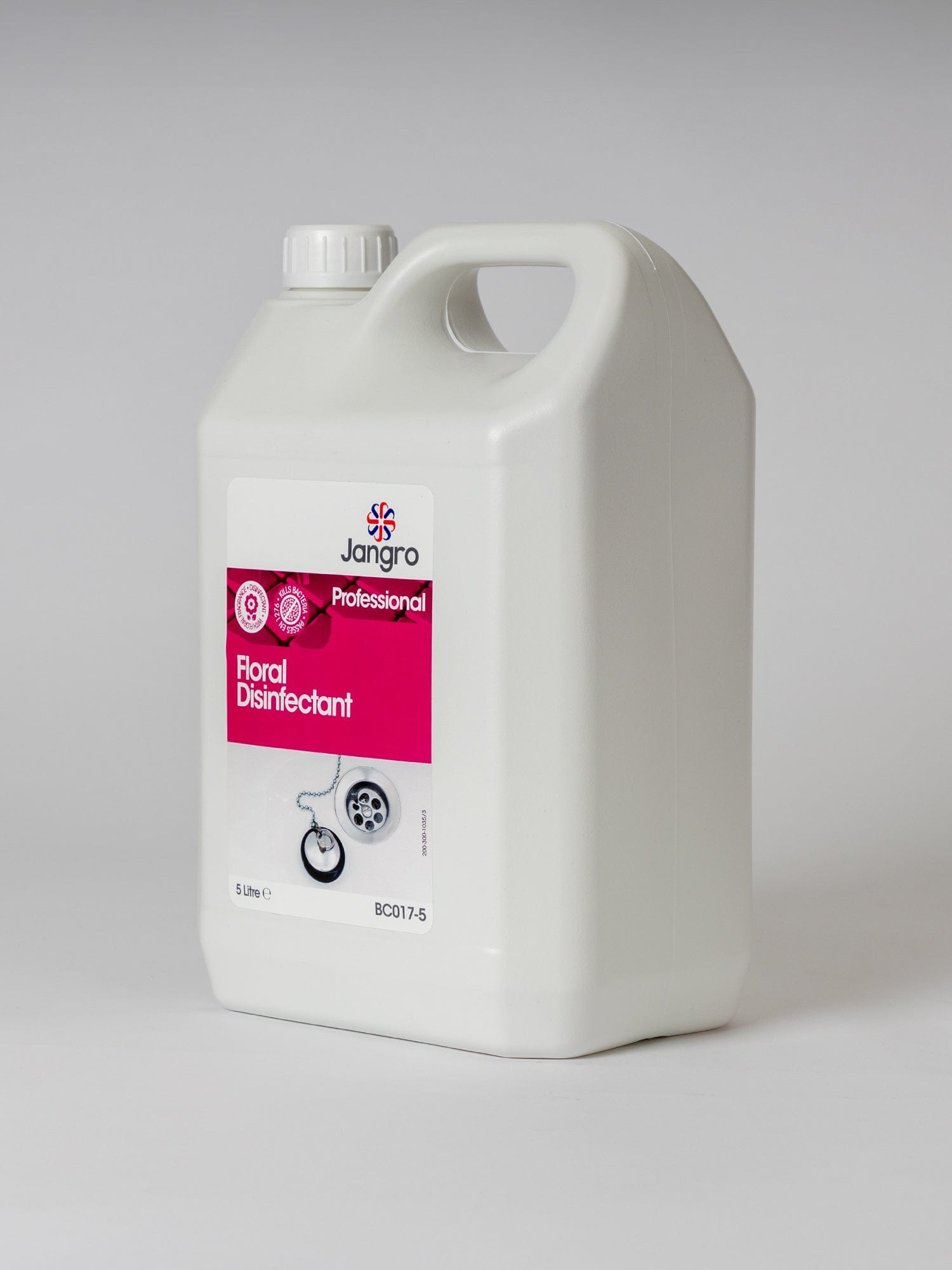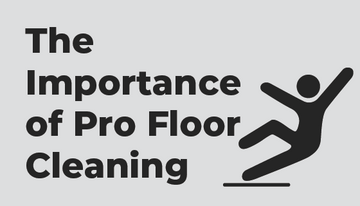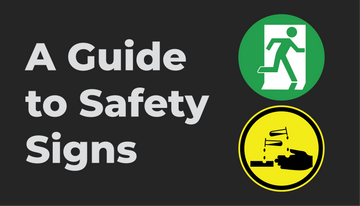What is the Difference Between 99.9% and 99.999% Kill Rate?
If you look at any bottle of antibacterial, disinfectant or sanitiser, you will see '99.9% Bacteria & Viruses Killed' or 'Proven to kill 99.999% of germs and bacteria' on the label. But what does this mean?
For the latter statement to be applied, the product has been tested and passes BS EN 1276: Proof of bactericidal efficacy. It is a laboratory suspension test that tests the effectiveness of a product at killing bacteria in a test tube. For a pass, the product must kill 99.999% of bacteria within 5 minutes; this is evaluated by counting live cells under a microscope.
How does this affect your choice of disinfectant? Look at our info-graphic to see the difference.
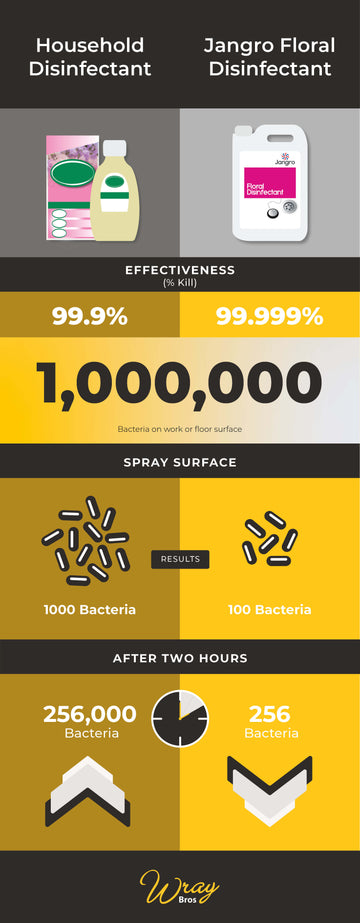
Jangro Floral Disinfectant 5L
Regular price
£3.60 GBP
(£4.32 inc VAT)
Sale price
£3.60 GBP
Regular price
£3.60 GBP



